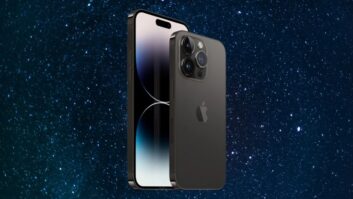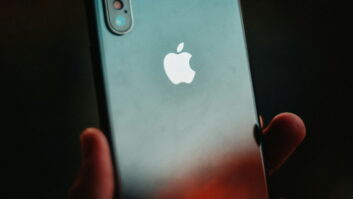Dallas – Sales of the carrier-subsidized iPhone 3G fell sequentially in the fourth quarter to 1.9 million units from the third quarter’s 2.4 million, but fourth-quarter sales were up around 110 percent from the year-ago quarter’s sales of less than 900,000 unsubsidized 2.5G iPhones, AT&T reported.
Similarly, third-quarter iPhone 3G sales were up 114 percent from the year-ago quarter’s 2.5G iPhone sales.
In the third and fourth quarters, 40 percent of iPhones purchasers were new to the AT&T network, the company said. The purchasers’ average bills were about 1.6 times higher compared with the carrier’s overall postpaid subscribers, and churn among iPhone users “are significantly lower,” the company said. The iPhone user’s average bill is about $100, said research company Technology Business Research (TBR) of Hampton, N.H.
Subsidizing the iPhone 3G continued to keep wireless OIBDA service margins (income before depreciation and amortization, divided by total service revenues) lower than they otherwise would have been, AT&T said, but margins improved sequentially in the fourth quarter.
AT&T’s fourth-quarter OIBDA service margin was 35.8 percent, up from 33.5 percent in the third quarter and up slightly from 35.3 percent in the year-earlier quarter. The year-over-year comparison “refects approximately $450 million of pressure in the fourth quarter of 2008 associated with iPhone 3G and approximately $30 million of expenses due to hurricanes,” the company said. Without the effects of iPhone 3G subsidies and hurricanes, AT&T’s fourth-quarter 2008 wireless OIBDA service margin would have been approximately 41 percent, the company said.
Despite the impact of iPhone subsidies on the AT&T’s bottom line, research company TBR said it “believes profitability will continue to increase in upcoming quarters.” AT&T’s margin reduction, TBR said, will pay off through growth in revenue, as the iPhone requires a more expensive, unlimited monthly plan.”













